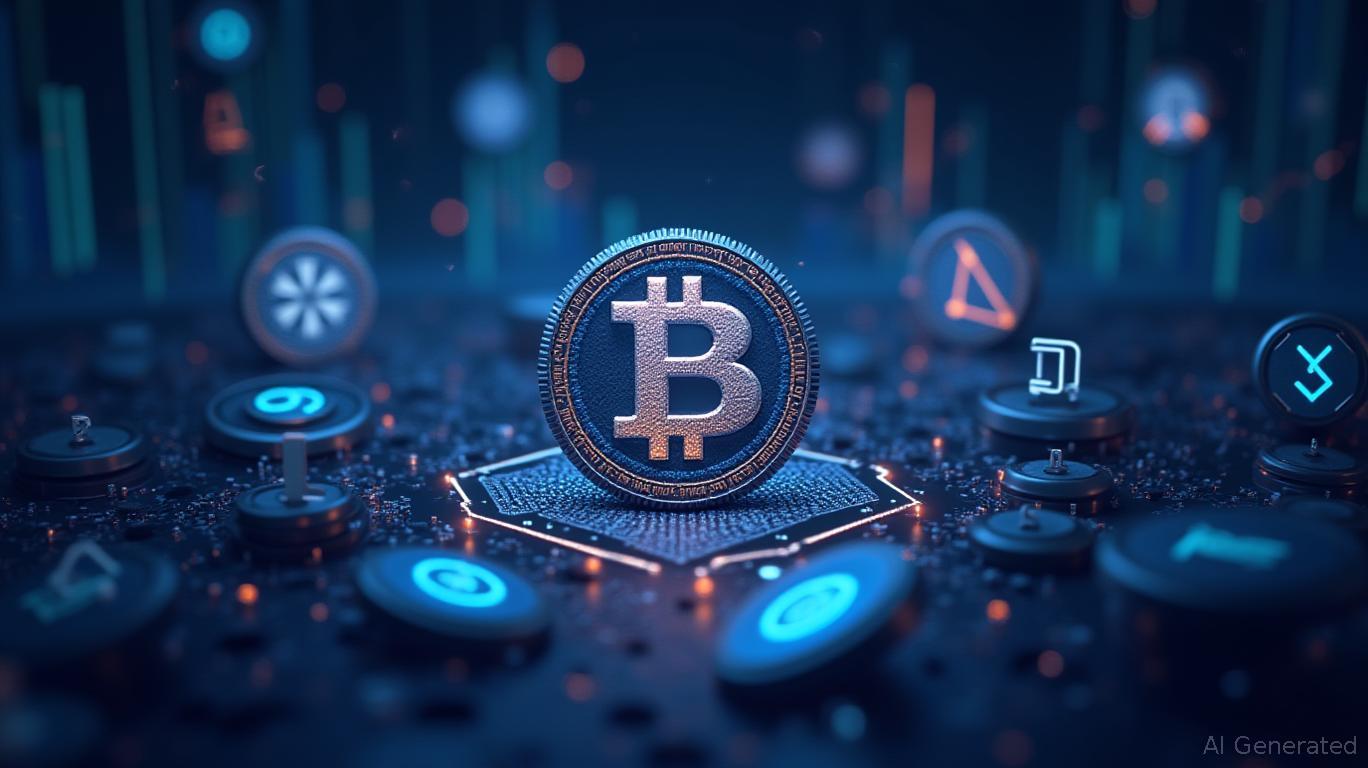Synthetic Asset Tokens BitShares, Mirror Protocol, SYNTHR Gain Traction
Synthetic assets are revolutionizing the decentralized finance (DeFi) landscape by providing exposure to real-world assets such as stocks, commodities, and fiat currencies, all on-chain. These tokens enable users to trade and invest without owning the underlying assets, thereby opening new avenues for financial innovation and flexibility.
In the realm of low-cap synthetic asset tokens, several are quietly gaining traction. These tokens, with their unique technologies, community governance, and real DeFi potential, are poised for growth as the synthetic markets mature. Here, we highlight three such tokens that are currently under the radar but have the potential to surge in value.
BitShares ($BTS) is a decentralized "Blockchain as Organization" (BaO) platform designed for high-performance financial technology operations. It is the first decentralized autonomous community that allows its core utility token holders to decide the blockchain's future direction. This decentralized governance model enables the development and maintenance of a wide range of decentralized financial technology products, features, and functions.
aims to extend blockchain innovation to all industries that rely on the internet for their services. The all-time high for $BTS was recorded on January 2, 2018, at a price unit of $0.9168, while the all-time low was recorded on April 7, 2025, with a price unit of $0.0008578. Active trading for $BTS is available on exchanges such as Mexc and Gate.io.Mirror Protocol ($MIR) is the governance token of Mirror Protocol, a synthetic assets protocol built by Terraform Labs on the Terra blockchain. Mirror Protocol is decentralized from its inception, with on-chain treasury and code changes governed by MIR token holders. Terraform Labs has no intention of keeping or selling MIR tokens, and there are no admin keys or special access privileges granted, ensuring a completely decentralized, community-driven project. Mirrored assets on Mirror Protocol are blockchain tokens that mimic real-world assets by reflecting their exchange prices on-chain. These tokens provide traders with price exposure to real assets while enabling fractional ownership, open access, and censorship resistance. The all-time high for $MIR was recorded on April 10, 2021, at a price unit of $12.86, while the all-time low was recorded on December 4, 2020. $MIR is currently available for trading on exchanges such as MexC and Kraken.
SYNTHR ($SYNTH) offers an advanced cross-chain infrastructure that powers a secure zero-slippage execution environment. This infrastructure allows cross-chain transactions to function at their theoretical limits, consisting of a combination of pull and push oracles, a zero-slippage omnichain liquidity layer, and multiple independent consensus layers. This innovative cross-chain liquidity solution provides users with access to a secure and efficient trading environment. The all-time high for $SYNTH was recorded on January 14, 2025, at a price unit of $0.1104, while the all-time low was recorded on June 27, 2025, with a price unit of $0.0002752. Active trading for $SYNTH is available on exchanges such as Gate.io and Kucoin.
These three low-cap synthetic asset tokens—BitShares ($BTS), Mirror Protocol ($MIR), and SYNTHR ($SYNTH)—are quietly building in the background, offering traders a solid entry point before potential price surges. With their unique technologies, community governance, and real DeFi potential, these tokens are positioned for growth as the synthetic markets mature. However, it is important to note that this is not trading or investment advice, and thorough research should be conducted before buying any cryptocurrency or investing in any services.


Comments
No comments yet